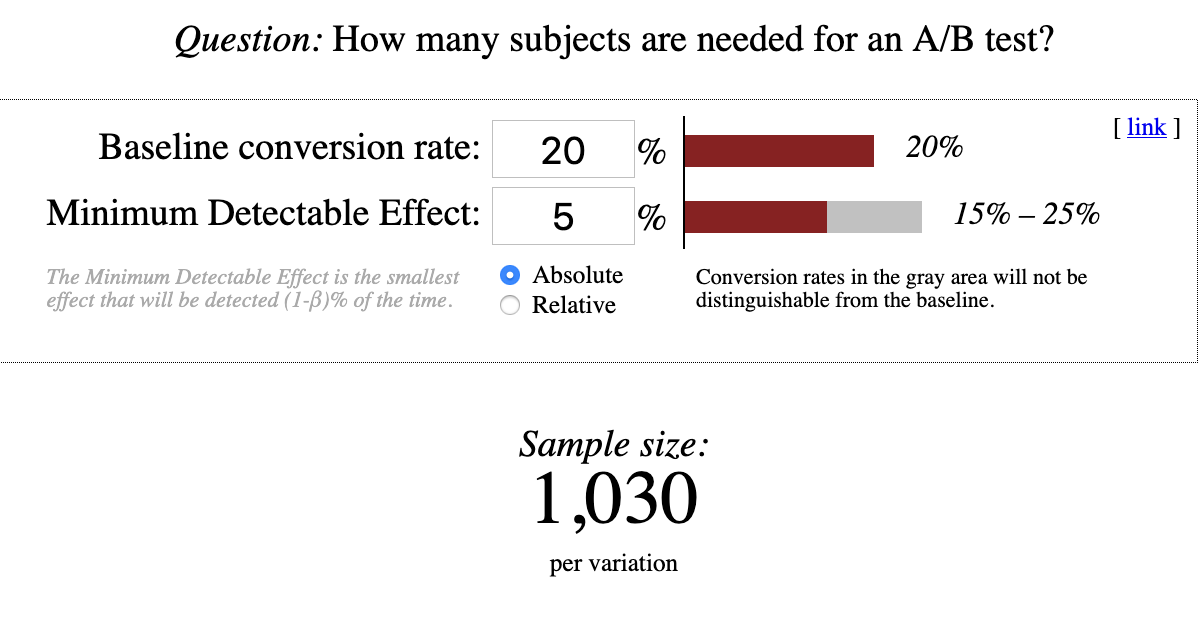

In the mass spectrum, the heaviest ion (the one with the greatest m/z value) is likely to be the molecular ion.

Using the molecular ion to find the relative formula mass Note: If you are interested in a detailed look at fragmentation patterns you could follow this link. Fragmentation is irrelevant to what we are talking about on this page - all we're interested in is the molecular ion. These fragments produce the familiar stick diagram. The molecular ions tend to be unstable and some of them break into smaller fragments. That's one half of what was originally a pair of electrons - the other half is the electron which was removed in the ionisation process. The molecular ion is often given the symbol M + or - the dot in this second version represents the fact that somewhere in the ion there will be a single unpaired electron. Note: If you aren't sure about how a mass spectrum is produced, it might be worth taking a quick look at the page describing how a mass spectrometer works. These electrons have a high enough energy to knock an electron off an organic molecule to form a positive ion. When the vaporised organic sample passes into the ionisation chamber of a mass spectrometer, it is bombarded by a stream of electrons. Using a mass spectrum to find relative formula mass It also shows how high resolution mass spectra can be used to find the molecular formula for a compound.
#Resolution calculator relative how to#
This page explains how to find the relative formula mass (relative molecular mass) of an organic compound from its mass spectrum. MASS SPECTRA - THE MOLECULAR ION (M +) PEAK Mass spectra - the molecular ion (M+) peak


 0 kommentar(er)
0 kommentar(er)
